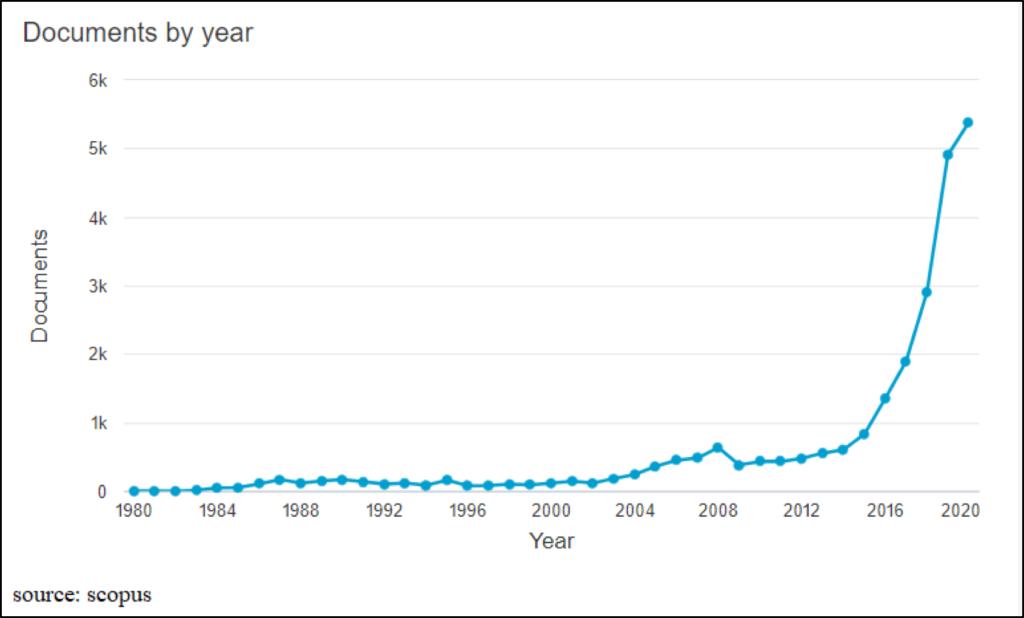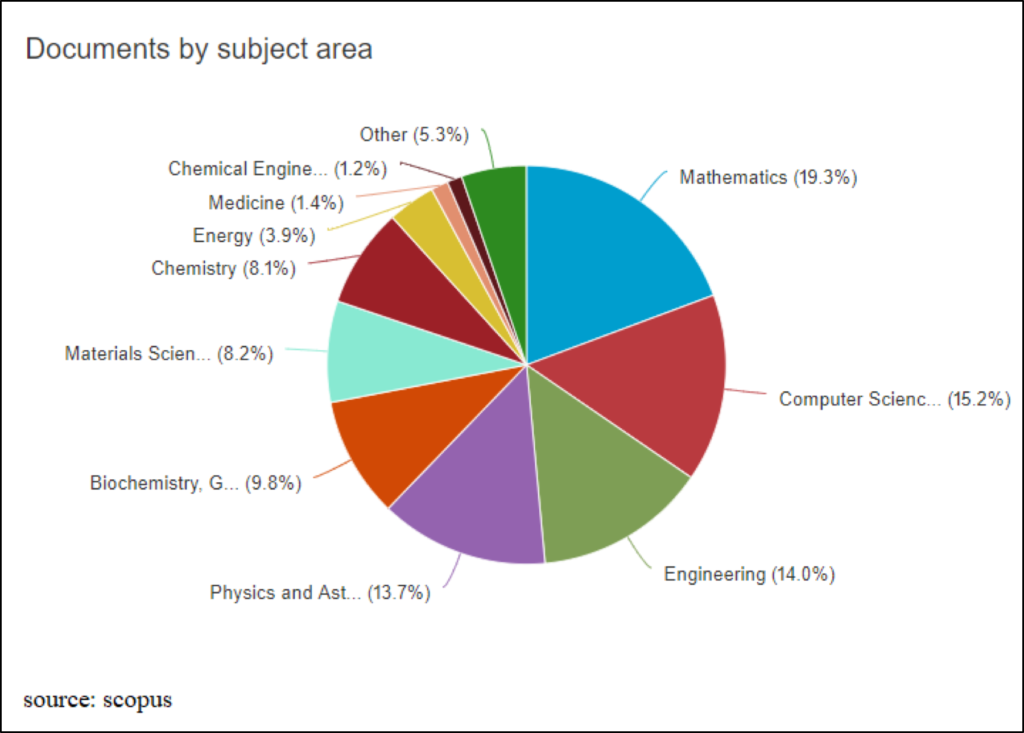Jeena A V, PhD researcher, University of Oulu
Every industrial revolution has brought a drastic change in the way we look at the world, in the way we live, carry out scientific experiments, and governance of the society.
We are in the early phase of the ongoing fourth industrial revolution (or Industry 4.0). The information and communication technology (ICT) has made it effortless to combine the natural science with each other and beyond, with health and medical science. Machine learning (ML) and Artificial intelligence (AI), Internet of things (IoT), biotechnology and genetics, quantum computing, 3D printing, block chain etc to name a few. Scientific collaboration has become inevitable more than ever in the scientific history. Having a computer capable of running a multi-layered deep learning network can indeed accelerate a computational physics task. It can unveil the genetic information much faster and accurate than an expert. ICT has developed to a phase, where it has become flexible and easy enough to be integrated with any of the natural sciences. The number of publications per year, in natural sciences, and technologies in natural sciences with the keywords ML or AI from 1980 to 2020 is given in figure 1. Mathematics and natural science together make more than 60% of the articles in the pie chart; figure 2.

What are the changes the fourth industrial revolution bring into the discipline of natural science? Are we informed enough to make use of them? The encouragement of interdisciplinary research and interdisciplinary studies play a pivotal role in navigating the scientific progress both on individual and global scale in this era.

Here, I would like to talk a bit about the interdisciplinarity and how it can appear in a research field. Let us take an example from medicine. As per statistics, heart diseases and various forms of cancer are the two major causes of deaths annually. It immediately shows the requirement of efficient treatments for both diseases. But the diseases are too complex to be studied singlehanded. It needs collaboration across different fields. When an expert takes hours to find the metastatic growths in a microscopic image of a stained tissue, a well-trained deep learning network takes less than an hour. Having a computer programmer in the field of cell biology can help with the automation and studies. On the other hand, when we investigate further into the single cell level, studying the protein-ligand interactions unveiling the probable causes of a metastasis spreading, it requires more technicalities in addition to a cell biologist, and a programmer. A physicist or an engineer is required to design a suitable system for single cell analysis and force measurement. And when you have thousands of single cell physical property data, the analysis can be made much faster by computational methods using machine learning. These studies are carried out efficiently by collaboration between various fields.
Every year, nearly two million of scientific articles are published. Which means, nearly 1.9 articles are published per minute. In other words, becoming an expert in a field by memorising information is literally impossible. Unlike the 20thcentury research world, we need to focus more on how to learn, and how and where to find reliable data than memorizing equations or chemical formulas. It requires a major revision of the education curriculum starting from school level. A student must learn not only to learn, but also to collaborate with others and progress a study. Nowadays many countries are launching interdisciplinary research programs and interdisciplinary study programs. For the time being, let us keep aside the administrative and educational changes required. How can you, as a science enthusiast, train yourself for the world that requires interdisciplinarity? In simple terms, keep your eyes wide open for opportunities. Make use of the internet and other technologies to learn about the changing research fields, go for an opportunity regardless the boundaries of a nation. No one is an expert; it is the collaboration and learning to use new technologies that make science happen.
Jeena graduated with BSMS dual degree in Physics and Mathematics, from IISER Trivandrum. She is working on an interdisciplinary research question combining optical imaging, cell biology, and machine learning, as a PhD researcher, in the University of Oulu. Her research theme belongs to the PhD programme I4Future (Imaging for future), funded by European Union’s Horizon 2020 research and innovation programme under the Marie Skoldowska-Curie grant.

